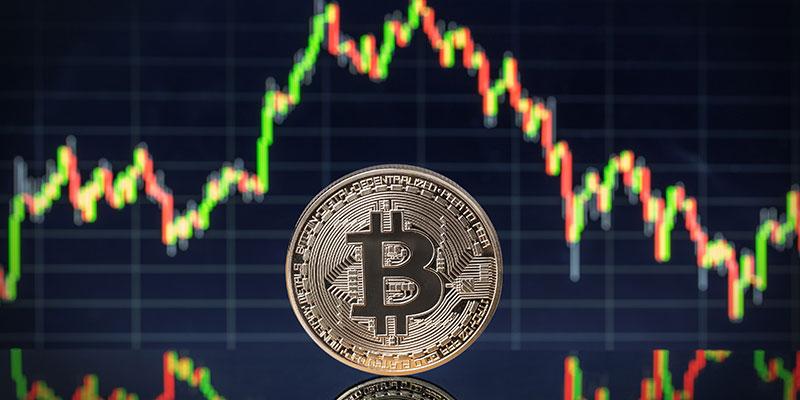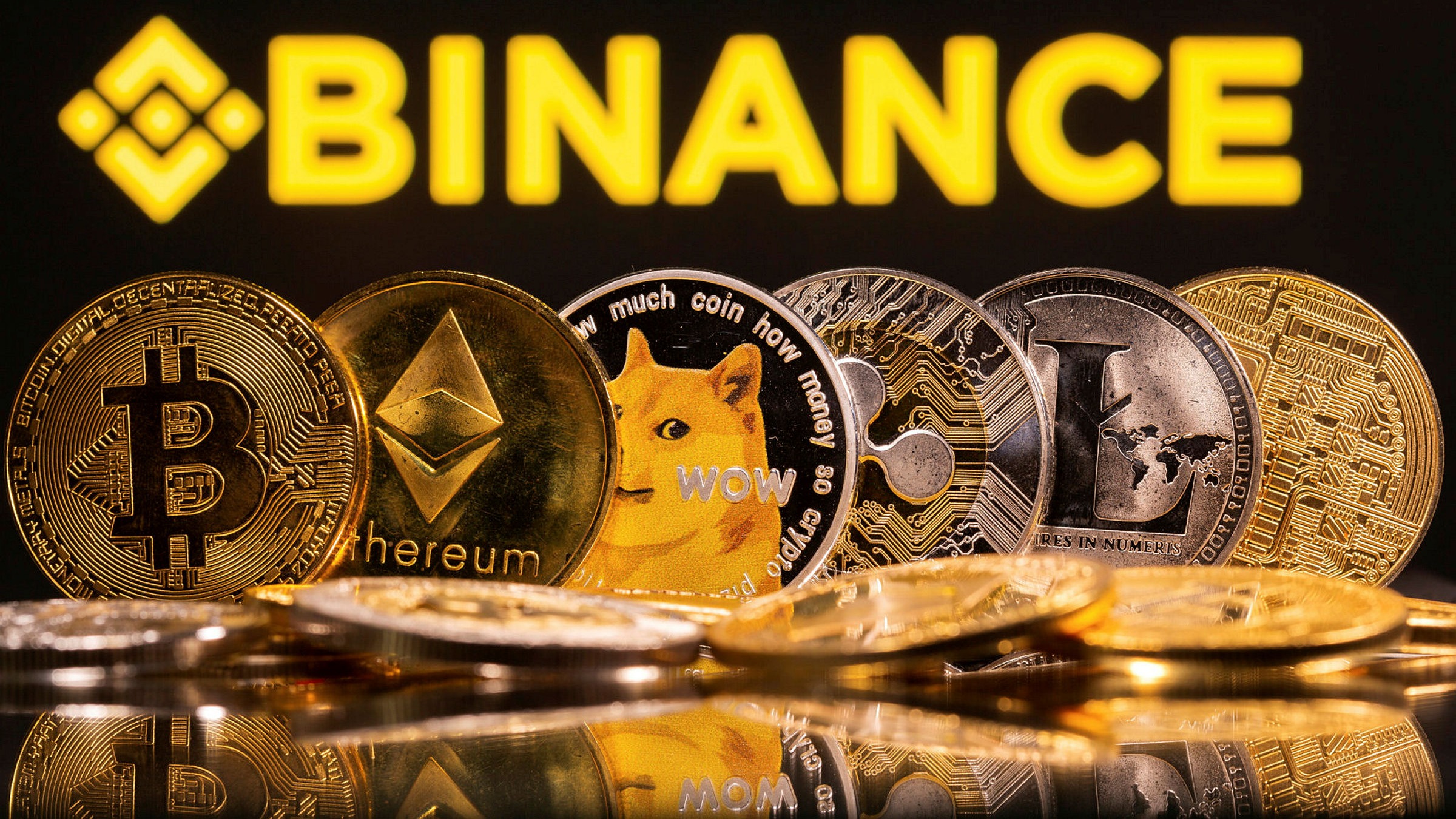
Cryptocurrency Trading Tips
How do I begin trading cryptocurrency?
If you’ve decided you’d like to start trading, here are a few things to consider.
Firstly, you’ll, of course, need capital to trade with. If you don’t have financial savings and start trading with money you can’t lose, it can have a significantly detrimental impact on your life. Trading isn’t an easy feat – an overwhelming majority of novice traders lose money. You’ll want to expect that the cash you put apart for trading can vanish quickly, and you may also never recover your losses. This is why it’s recommended to begin with smaller amounts to test out the waters.
Something else you’ll additionally need to think about is your overall trading strategy. There are a lot of feasible avenues to take when it comes to making money in the financial markets. Depending on the time and effort you can put into this undertaking, you can choose between many different strategies to acquire your financial goals.
Lastly, here’s an additional point. Many traders are at their best when trading isn’t their main source of income. This way, the emotional burden is easier to bear than if their everyday survival depended on it. Eliminating emotion is a core trait of profitable traders, and it’s drastically harder to do when one’s livelihood is at stake. So, in particular when you’re starting out, you should think of trading and investing as a side venture. And bear in mind to begin with small quantities for the sake of learning and practicing. It might also additionally be really helpful to look into ways of making passive income with cryptocurrency.
How to trade cryptocurrency on Binance?
So, you’ve decided you want to get into the world of trading cryptocurrency. What do you need to do?
First, you need to convert your fiat currency into cryptocurrency. The best way to do that is by going to the Buy Crypto page on Binance, where you’ll have a plethora of options. You can buy crypto with debit and credit cards, using your bank account on the P2P exchange, and via third-party solutions like Simplex, Paxful, or Koinax. Once you’re done, you’ll be part of the new monetary system!
Now that you’ve bought your cryptocurrency, the plausible options are abundant. Right away, you can go to the Binance spot exchange and trade coins. If you have previous experience with trading, you should additionally check out the Binance margin buying and selling platform or Binance Futures. There are additionally passive income opportunities available, which include staking, lending your assets in Binance Savings, becoming a member of the Binance mining pool, and more.
So far, these all included what is known as a centralized exchange – like Binance. These are exchanges where you deposit your crypto and do your monetary activities inside the exchange’s internal systems. However, thanks to the magic of blockchain technology, there are different choices out there known as decentralized exchanges (DEX). On these venues, your funds never leave your very own cryptocurrency wallet, so you’ll have full custody of them at all times. You can additionally join your hardware wallet and trade directly from it.
Centralized exchanges are dominant in the cryptocurrency space. But many traders and blockchain enthusiasts trust that a tremendous portion of cryptocurrency trading volume will happen on DEXs in the future. Go to Binance DEX and try out the trading experience yourself!
What is a trading journal, and should I use one?
A trading journal is a documentation of your trading activities. Should you keep one? Probably! You should use a simple Excel spreadsheet, or subscribe to a dedicated service.
Especially when it comes to more active trading, some traders consider keeping a buying and selling journal essential to turning into consistently profitable. After all, if you don’t record your trading activities, how will you identify your strengths and weaknesses? Without a trading journal, you wouldn’t have a clear idea of your performance.
Bear in mind that biases can play a major part in your trading decisions, and a trading journal can help mitigate some of them. How? Well, you can’t argue with the data! Trading overall performance all comes down to numbers, and if you’re not doing something well, that will be mirrored in your performance. By meticulously keeping a trading journal, you can additionally monitor what strategies perform best.
How should I calculate my position size in trading?
One of the most essential aspects of trading is risk management. In fact, some traders argue it is the most important thing. This is why it’s critical to calculate the size of your positions with a standardized formula. Here’s how the calculation goes.
First, you need to determine how much of your account you are willing to risk on individual trades. Let’s say this is 1%. Does it mean you enter positions with 1% of your account? No, it means that if your stop-loss is hit, you won’t lose more than 1% of your account.
That may appear too little, however this is to make certain that a few inevitable bad trades won’t blow up your account. So, once you’ve got this defined, you need to determine where your stop-loss is. You do this for every individual trade, primarily based on the specifics of the trade idea. Let’s say you’ve decided that you’re going to place your stop-loss 5% from your preliminary entry. This means that when your stop-loss is hit, and you exit 5% from your entry, you should lose exactly 1% of your account.
So, let’s say our account size is 1000 USDT. We’re risking 1% with every trade. Our stop-loss is 5% from our entry. What position size should we use?
1000*0.01/0.05=200
If we choose to only lose 10 USDT, which is 1% of our account, we need to enter a 200 USDT position.
This technique can seem a bit lengthy at first, however it’s vital for managing risk properly.
What online trading software should I use?
Chart analysis is a core phase of any technical analyst’s trading toolkit. But where is the best way to do it? Binance has integrated TradingView charts, so you can do your analysis directly on the platform – both on the web interface and in the mobile app. You can additionally create a TradingView account and test all Binance markets via their platform.
There are several other online charting software providers in the market, each offering different benefits. Typically, though, you’ll have to pay a monthly subscription fee. Some other ones focused on crypto trading are Coinigy, TradingLite, Exocharts, and Tensorcharts.
Should I be part of a paid group for trading?
Most probable not. Great free information about trading is abundant out there, so why now not learn from that? It’s additionally beneficial to practice trading on your own, so you can learn from your errors and find what works best for you and your trading style.
Entering a paid team can be a valid mastering tool, however beware of scams and fake advertising. After all, it’s pretty easy to fake trading effects to acquire followers for a paid service.
It’s additionally worth thinking about why a profitable trader would possibly want to begin a paid group in the first place. Sure, a bit of side profits is always welcome, however why do it for a hefty price if they’re doing so well already?
With that said, some profitable merchants run high nice paid communities with additional services such as special market data. Just be more cautious who you provide your money to, as the majority of paid agencies for trading exist to take advantage of novice traders.
What is a pump and dump (P&D)?
A pump and dump is a scheme that includes boosting the price of an asset via false information. When the price has long gone up a tremendous amount (“pumped”), the perpetrators sell (“dump”) their cheaply bought bags at a much higher price.
Pump and dump schemes are rampant in the cryptocurrency markets, particularly in bull markets. During these times, many inexperienced buyers enter the market, and they are easier to take advantage of. This type of fraud is most frequent with small market cap cryptocurrencies, as their expenditures are generally easier to inflate due to the low liquidity of these markets.
Pump and dump schemes are frequently orchestrated by private “pump and dump groups” that promise convenient returns for joiners (usually in exchange for a fee). However, what commonly occurs is that these joiners are taken advantage of by an even smaller group who have already constructed their positions.
In the legacy markets, people found responsible of facilitating pump and dump schemes are subject to hefty fines.
Should I sign up for cryptocurrency airdrops?
Maybe, but be very careful! Airdrops are a novel way of distributing cryptocurrencies to a large audience. An airdrop can be a remarkable way to make sure that a cryptocurrency isn’t centralized in the arms of only a few holders. A numerous set of holders is paramount for a healthy, decentralized network.
However, there’s no such thing as a free lunch. Well, sometimes, there may additionally be, if you get very lucky! Typically, though, what occurs is that the promoters of the airdrop will outright try to take advantage of you, or will choose something in return.
What will they ask for? One of the most common “assets” requested in return for an airdrop is your private information. Is your private data worth $10-50 worth of a noticeably speculative cryptocurrency? That’s your preference to make, however there may be better ways to earn a bit of side income, without inserting your privacy and personal information at risk. This is why you want to be extra careful when thinking about signing up for cryptocurrency airdrops.
Closing thoughts
So, we went through a lot, haven’t we? Getting started with cryptocurrency trading can be a daunting task – there are so many principles to learn. Hopefully, this information has helped you feel a bit more relaxed with cryptocurrency trading.


